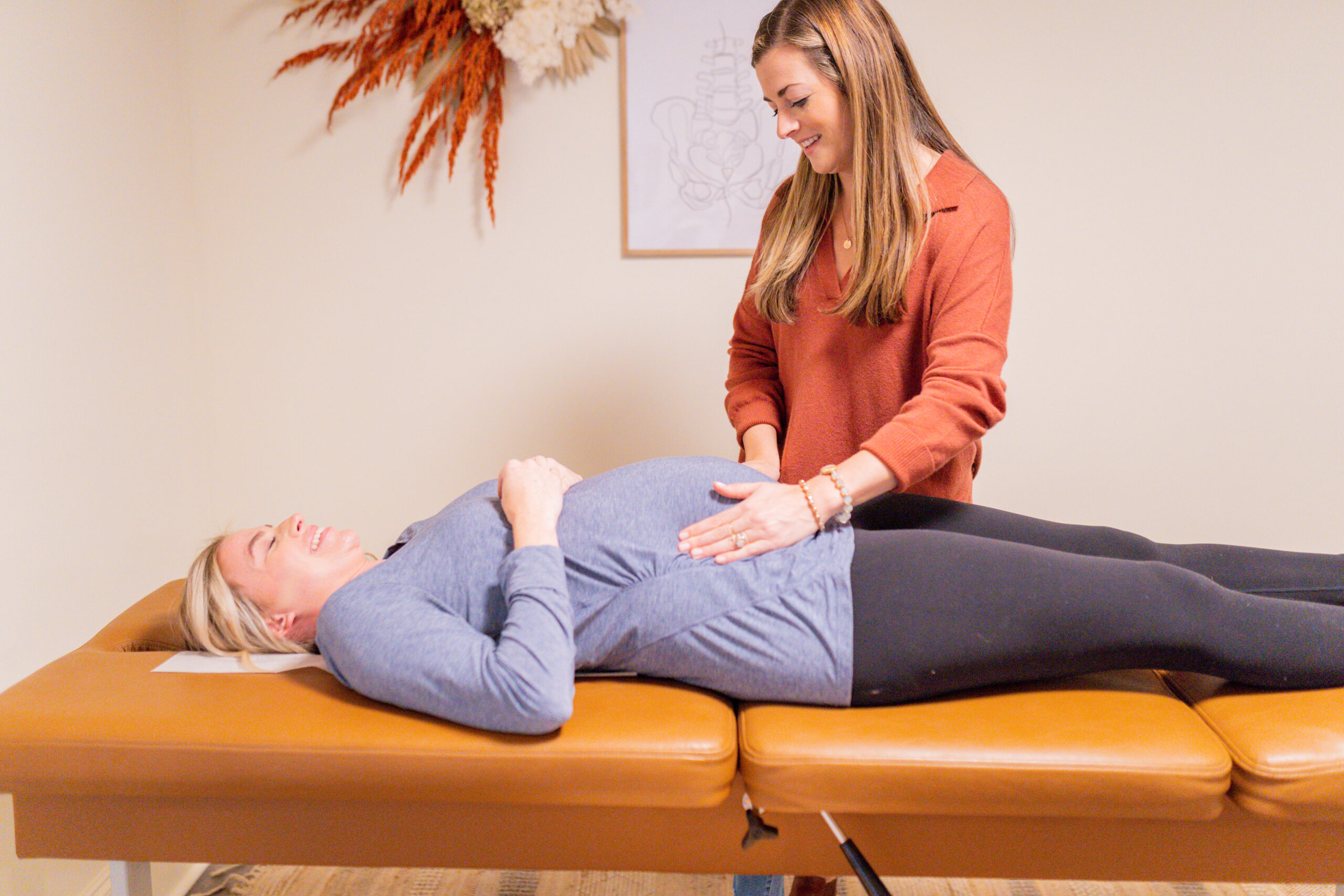We’re Going Back to the Basics: What is Subluxation?

A Critical Approach to Children’s Neurological Health
Today, we want to discuss a topic with you that may be unfamiliar but can make a significant difference in your child’s health – we call it subluxation. As parents, understanding what subluxation is and how it impacts our children’s health is absolutely crucial.
We like to teach our patients that subluxation has three (3) main components:
Misalignment Fixation & Tension, Neurological Interference & Imbalance.
Subluxation is a three-part problem.
The first part is a misalignment in the neuromotor system, which includes the musculoskeletal and neuro spinal systems. The spine, in particular, is the most influential motor system we have. When there is a misalignment in the spine, it leads to fixation, which is better described as tension or altered tone. If you’ve taken your child to a pediatric therapist, you’ve probably heard about proprioception, tone, coordination, and other motor-based challenges. These are the first parts of subluxation, affecting much more than just the musculoskeletal system.
The third element of subluxation is where the real challenge comes in because it causes neurological imbalance within the brain and nervous system. This leads to interference and imbalance in the central or autonomic nervous system, which is called dysautonomia.
When subluxation shifts the nervous system into sympathetic “fight or flight” dominance, it can negatively impact the thriving, growing, digesting, sleeping, resting, and immune function of your child. We need that gas pedal side of the nervous system for survival, but it is not where we thrive. It doesn’t help us grow, digest, sleep, or rest.
Breaking down that third element even further, we see that the neurological interference comes from the effect that the fixation and decreased range of motion has on the central nervous system. You may have heard the phrase “motion is life” before, and it’s absolutely true. The #1 thing that keeps the brain and nervous system active, engaged, and functioning at a high level is stimulation from movement and physical activity. The term for this is proprioception, which is the perception or awareness of the position and movement of the body.
Neurologically focused pediatric chiropractic care offers a drug-free, natural approach to addressing subluxation. By utilizing advanced diagnostic tools like INSiGHT scans, practitioners can precisely measure and locate nervous system stress, creating customized intervention strategies.
Understanding subluxation empowers parents to look beyond symptomatic treatments and explore root-cause solutions. Recognizing that persistent challenges like sleep disruptions, emotional dysregulation, and developmental delays might stem from nervous system stress opens new pathways for healing.
©Freedom Chiropractic | Terms and Conditions | Privacy Policy | Copy & Website by Liberty Type
©Freedom Chiropractic | Terms | Privacy
Copy & Website by Liberty Type






